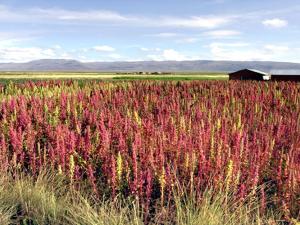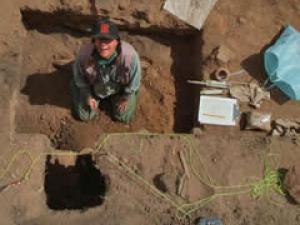

Research Bio
Christine Hastorf is a distinguished anthropologist and archaeobotanist whose research explores the complex relationships between plants, culture, and society in ancient civilizations. Best known for her pioneering contributions to paleoethnobotany, she investigates how plant remains reflect agricultural practices, social structures, ritual life, and political organization—especially in the Andean region. Her work has provided new insights into how ancient communities interacted with their environments, including foodways, gender roles, and symbolic uses of plants.
Hastorf directs long-term research initiatives such as the Lake Titicaca Taraco Archaeological Project and has contributed to archaeobotanical work at sites like Çatalhöyük. She also leads the McCown Archaeobotany Laboratory, shaping the scientific practice of archaeobotany through field and lab training. She has directed the Archaeological Research Facility at UC Berkeley these past eight years,
Her accomplishments have been recognized with several major honors, including the 2025 Pomerance Award for Scientific Contributions to Archaeology from the Archaeological Institute of America and the Fryxell Award in the Botanical Sciences from the Society for American Archaeology. She is a Fellow of the California Academy of Sciences and the Society of Antiquaries. Hastorf earned her Ph.D. from UCLA and has been a Berkeley faculty member since 1994.
She is an expert in using ancient plant remains to understand the social and environmental dynamics of early civilizations.
Research Expertise and Interest
anthropology, archaeology, paleoethnobotany/archaeobotany, ancient plant use, foodways, Andean South America, indigenous ontologies, agriculture
In the News
The Superfoods That Fueled Ancient Andeans Through 2,500 Years of Turmoil
To recreate ancient recipes, check out the vestiges of clay pots
A Taste of Andean History
Of all of the advances people have developed over the millennia, food plants may be the most important. By examining the plant remains on early settlements, Berkeley professor of anthropology Christine Hastorf pieces together how ancient peoples worked, ate, traded and worshiped.



